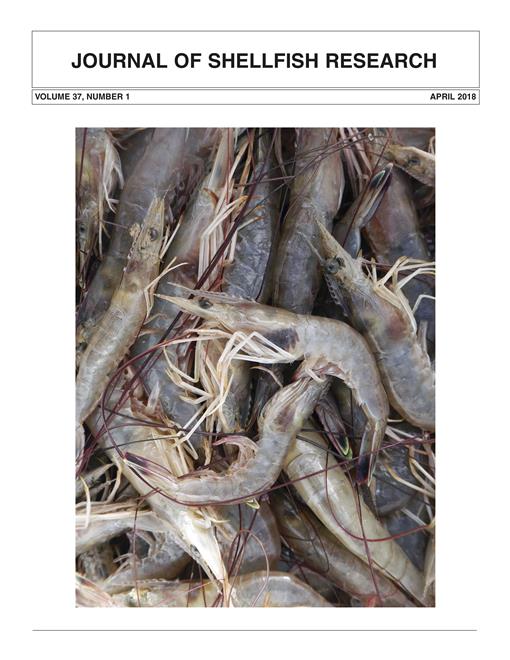High-intensity infection with the protozoan parasite Perkinsus olseni is lethal to the Manila clam Ruditapes philippinarum, especially to juvenile clams; however, how this parasite impacts its host remains unclear. This study was carried out to investigate the effects of P. olseni on the growth, condition index, burrowing behavior, and filtration activity of the Manila clam to elucidate mechanisms by which the infection causes death of the clams. Juvenile Manila clams (5–9 mm in shell length) were challenged with parasitic zoospores and were then reared in seawater for 52 days. Growth and condition index were frequently, but not always, significantly lower in the challenged group compared with the unchallenged group during the challenge experiment. Fewer individuals from the challenged groups compared with the unchallenged groups exhibited lower burrowing activity, when they were placed on sand in wells of 24-well plates. Furthermore, to compare filtration activity, clams from both groups were maintained in separate suspensions of diatoms. Diatom density remained higher in the challenged clams compared with the unchallenged clams, indicating that challenged clams exhibited lower levels of filtration activity. Decreased burrowing activity may cause higher predation rates and make the clams vulnerable to turbulent water and periodic tidal air exposure, resulting in death of Manila clams under natural conditions. In addition, suppression of filtration activity by infection may cause decrease in food and oxygen intake, leading to mortality induced by nutrient loss and hypoxia.
How to translate text using browser tools
1 April 2018
Experimental Evaluation of the Impact of Perkinsus olseni on the Physiological Activities of Juvenile Manila Clams
Tsukasa Waki,
Tomoyoshi Yoshinaga
ACCESS THE FULL ARTICLE

Journal of Shellfish Research
Vol. 37 • No. 1
April 2018
Vol. 37 • No. 1
April 2018




